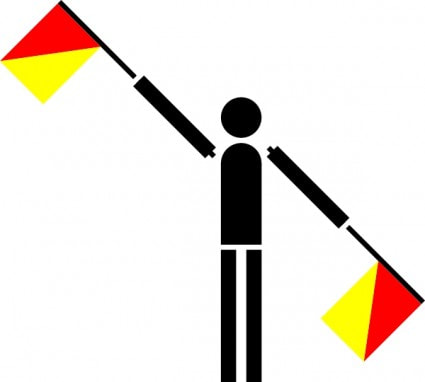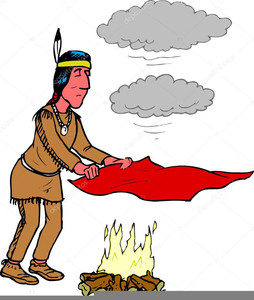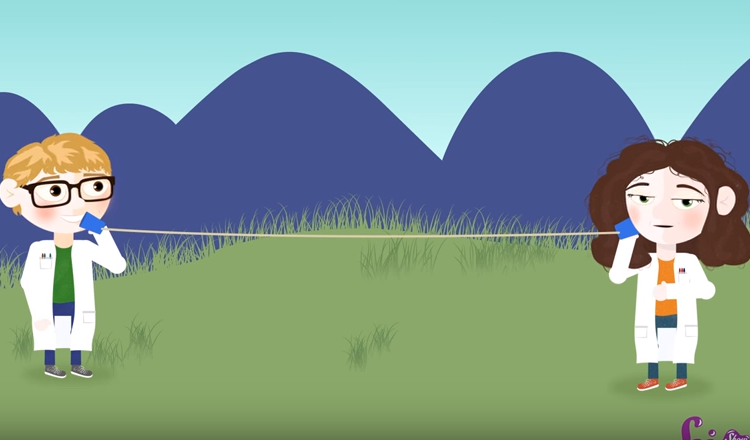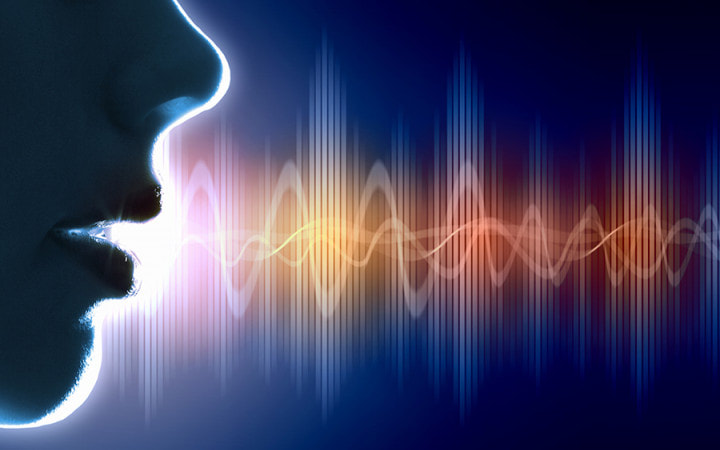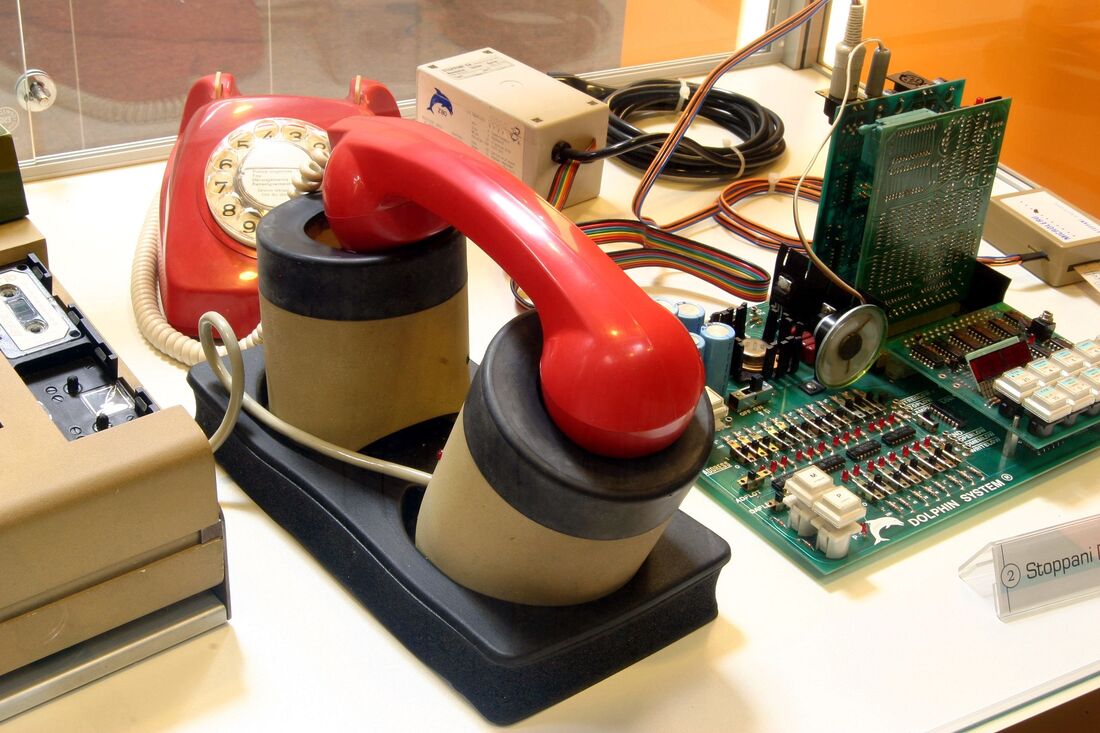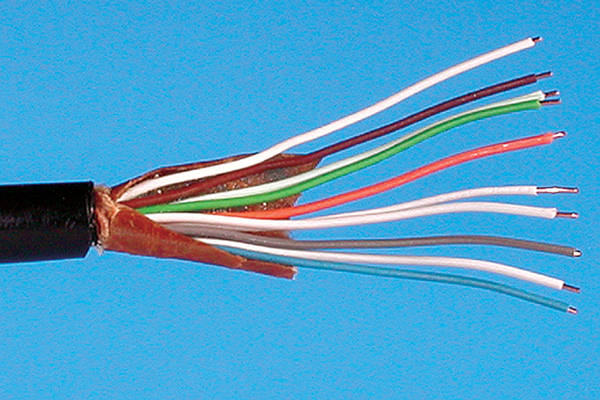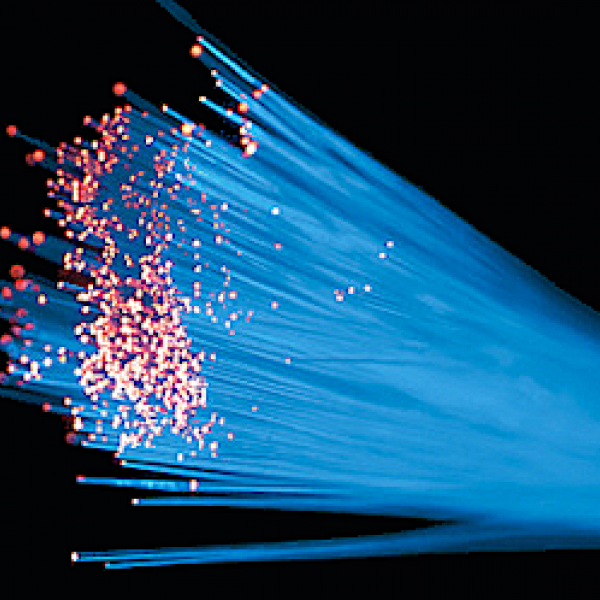What is communication?
First, however, a few words about the subject of communication. Since time began man has needed to communicate with others – to exchange information. Before speech I imagine that communication was by means of hand gestures but when speech arrived the concept of language evolved. Each language would have been different from others though some might just have been closely related. These days there are known to be over 7000 distinct spoken languages in the world (and each of these can have many regional dialects).
But speech has not been the only means of imparting information over the centuries as these pictures indicate:
A common factor in all of these of course is distance. The greater the distance the less effective the means of communication. Some work over greater distances than others – compare smoke signals and flags. But there is another distinction to make; some forms of communications are visual - relying on seeing something being communicated. Other forms are based on the transmission of sound. But key to all of them is the need to overcome the constraints of distance.
Speech, for example, can travel further if you shout or amplify the sound of your voice. Another technique could be the use of a relay (or repetition). In its simplest form this could be shouting a message to someone who, in turn, relays it to the next person in the chain. Or there could be a visual relay such as sending smoke signals from one hill to another and then having the message sent on further. Over history, early warning systems have utilised fire beacons lit on prominent hills – announcing some event or threat. Keep in mind these concepts of amplification and relay because they form key ingredients of modern-day computer communications.
How does this relate to computer communications?
In my article ‘How do computers actually work?’ (Read it here) I described how early digital computers used some form of electric spark or signal to “instruct” the computer to carry out a particular action. This led to realisation that you could “programme” a computer using a sequence of signals. Programmes are how we communicate with the computer but how do computers communicate with each other and connect to the outside world? Just as early man sent a stream of smoke signals to convey his message, so computers send a stream of electronic signals in order to communicate. These signals represent numbers and we learnt in the earlier post that the numbers are represented by the use of 1s and 0s in binary arithmetic. There are two issues to examine. First, how the signal passes from one computer to the next and, second, what is the pathway along which that signal travels.
How does the signal pass from one computer to the next?
We’ve learnt that the passage of signals is sent electronically. But how does this happen? If we think of using the telephone to speak to someone, the sound of our voice goes up and down in a wave.
With computer data there has to be some way to translate the information from digital 1s and 0s to analogue wave patterns. This translation is called modulation. At one end of the line the signals are modulated and at the receiving end the signals are demodulated. The piece of equipment to do this is called a MODEM (Modulate/Demodulate). Forty years ago, when Personal Computers were starting to appear, we sought ways to join computers up and send messages. Enter the Modem. I remember using a modem into which you inserted the telephone and this enabled signals to be transmitted. This early modem was called an acoustic coupler. Below is what it looked like and if you click the link underneath you can hear what it sounded like. That noise is the process of turning digital 1s and 0s into sound waves so they can travel over a telephone line.
But do you remember that, at one time, if you had hooked up your computer to a modem you couldn’t use the telephone to speak to someone on the same line? Fortunately this was overcome by a development called Voice over Data. (NB for those more up-to-date readers. This is not the same as modern Video on Demand (VOD). More sophisticated modems/routers soon enabled the two to work at the same time on the same telephone line. There was an old joke that suggested this was possible because computer bits were heavier than speech and so fell to the bottom of the telephone line. In fact it was because technicians worked out how to split the capacity of the telephone line into a voice section and a data section. Overnight it became possible to speak to someone whilst another member of the family in another room was “on the computer”.
What is the pathway along which that signal travels?
Having looked at how signals travel let’s consider the medium over which they move. For the past several decades this has been a simple, telephone copper wire. Even today the copper wire still dominates a lot of the lines to our houses and businesses. Increasingly we are seeing the introduction of Fibre internet. British Telecom (BT) has ownership of all the telephone cabling in this country. Nearly all the main (trunk) networks have now been converted from copper to Fibre. However, this fibre only goes as far as the green cabinet on the corner of your street. This is called FTTC or Fibre to the Cabinet. The final connection from the cabinet to your house can be either copper (still) or, if you pay more, fibre. The costliest connections have fibre directly into the house or office and are called FTTP or Fibre to the Premises. Even if another broadband provider offers you a service the reality is that they have to rent the trunk cabling from BT.
So what is the difference between copper wire and fibre? Here are pictures of a standard 5 pair (10 wires) copper telephone cable and, on the right, a multi-strand fibre cable. There can be up to 200 strands of fibre which are usually made of plastic but can be made of glass.
Where is the future going with communications?
In addition to optical fibres, there are other ways in which data can now be transmitted. These are by wireless, by satellite and sound. Some of these exist now and others are emerging technology. However, I reckon that I have confused you enough already without adding to your mental overload! I will write more about these other forms of data communication in another article.
